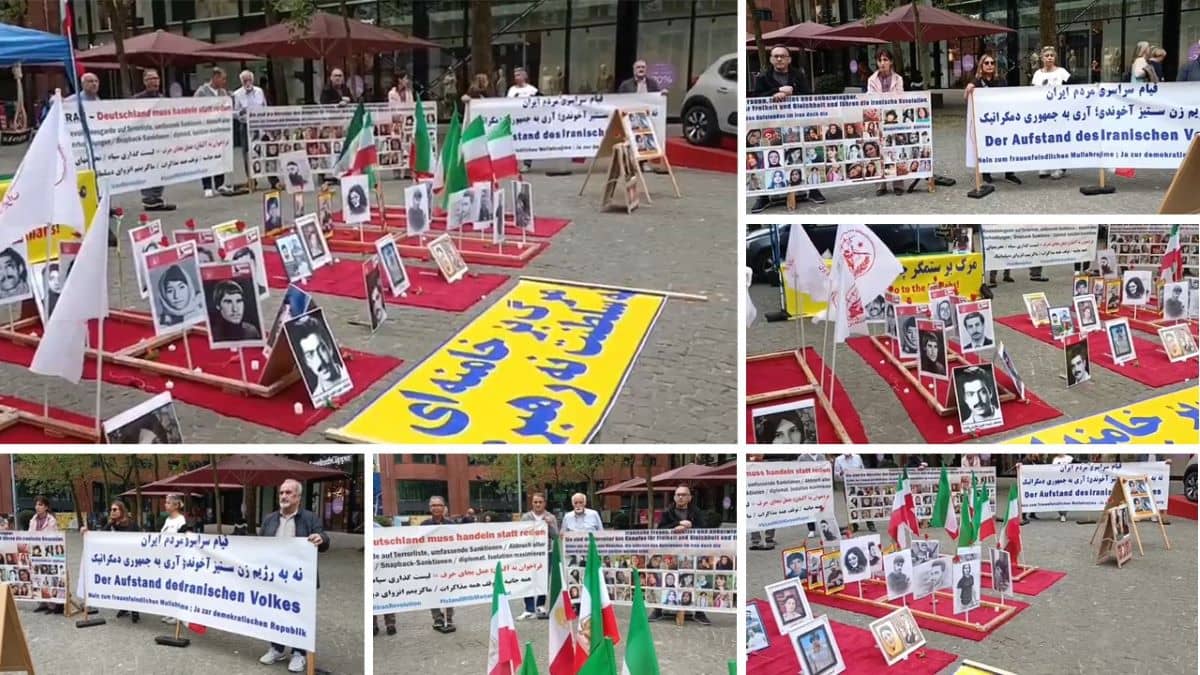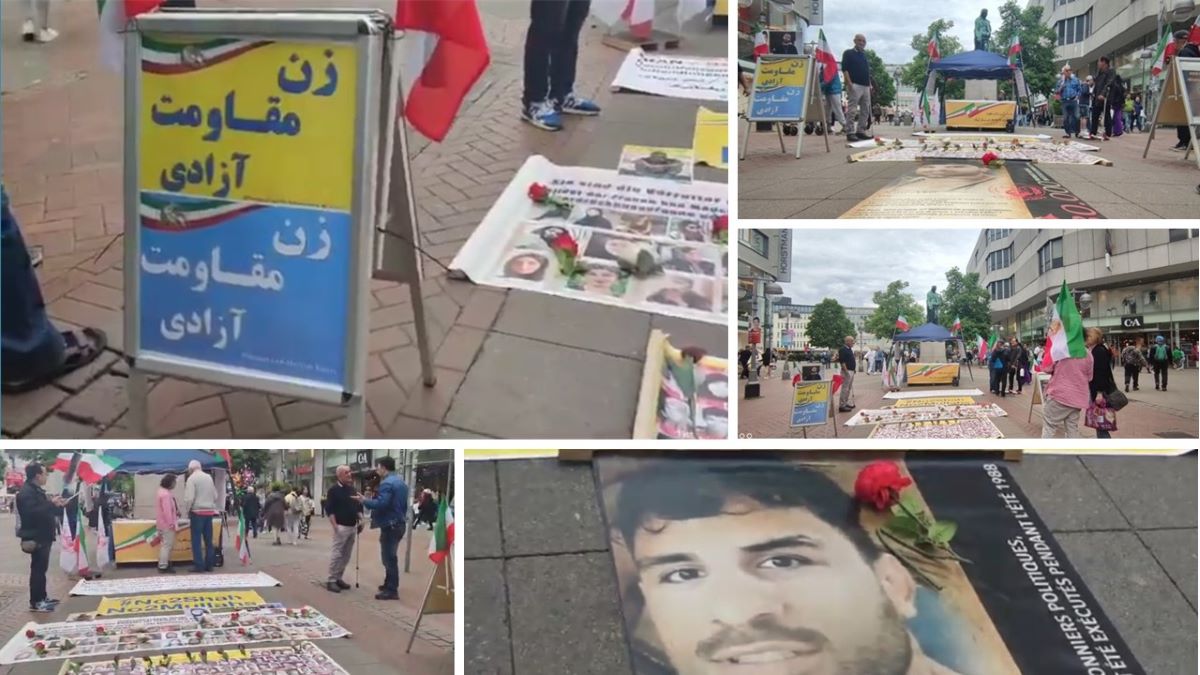Real hope for democracy in Iran, but the U.S. should help
A change for the better in the Middle East and the Islamic world depends on a fundamental change in Iran. The regime currently in power in Iran has acted as the most destructive force affecting the stability, safety and security in the region and beyond, as well as the prospect for a positive historical change — comparatively similar to the Renaissance.
The nationwide uprising at the end of last year, which shook the foundation of the regime to its core, continued into this year, surprising many observers both inside and outside the country. Strikingly, it saw participation from all sectors of society, especially rural poor people, farmers and others who had long been assumed to support or at least tolerate the clerical regime.
These mass protests revealed that the demand for an end of the current order is not limited to Iran’s urban middle class. They represent the will of the people as a whole.
This was expressed in the form of popular slogans such as “Death to the dictator,” which is particularly provocative in the face of a system that can legally use the death penalty to punish any criticism of Supreme Leader Ali Khamenei. The other pivotal slogan was “Hard-liner, reformist, the game is now over.” The latter clearly suggests that the people of Iran look beyond the establishment as a whole, and they want an end to the totality of the regime, including all its factions. It’s worth noting that the West has heavily invested in this so-called “reformist” faction as a vehicle for change during the past three decades.
The widespread revolt, which spread to more than 140 cities in a matter of just a few days, points to two harsh realities: the explosive nature of the Iranian society yearning for a fundamental change, as well as how deeply the hidden and effective network of the main Iranian opposition force — PMOI, or the People’s Mojahedin Organization of Iran — is rooted throughout Iran.
In trying to wipe out PMOI from Iran’s political scene, the regime executed 30,000 of its members in the summer of 1988 alone. Khamenei said this January that opposition activists led by the group had planned for months to facilitate the rapid spread of unrest all across the country.
Prior to the uprising, Maryam Rajavi, president-elect of NCRI, the National Council of Resistance of Iran, had predicted a “year full of uprising” and ultimate victory of the people over the regime. Since the onset of the uprising, the movement has continued and spread to various socio-economic sectors. The latest is an ongoing nationwide strike by truck drivers. A few days ago, the strikers went so far as physically obstructing and forcibly unloading vehicles that had been dispatched by the hard-liner paramilitary Iranian Revolutionary Guard Corps.
In a speech on May 21, Secretary of State Mike Pompeo outlined a new U.S. strategy toward Iran, clearly demanding 12 areas of “behavior change” from the rulers of Iran. Even though this new policy is geared toward limiting the destructive influence of Iran’s rulers beyond the country’s borders, it lends support to the Iranian people.
Now that everyday Iranians are risking their lives by continuously coming to streets and demanding change, the U.S. should seize this historical opportunity with new policy objectives. It needs to support Iranians more aggressively, and in clear and concrete terms. This protest movement is the only vehicle currently viable for a fundamental change in Iran, and supporting it is in the best national interests of the American people.
Real hope for democracy in Iran
An international gathering of NCRI supporters is scheduled to take place on June 30 in Paris, where 100,000 people are expected to take part, as in previous years. Hundreds from the Iranian-American community throughout the U.S. are expected to attend the event.
An expression of support for the gathering from the Trump administration would send a clear message to the masses in Iran that the U.S. is serious about standing for a fundamental change and Real democracy in Iran.
Then one can expect the Iranian people to sacrifice even more to get the job done
Originally published in the kansascity





